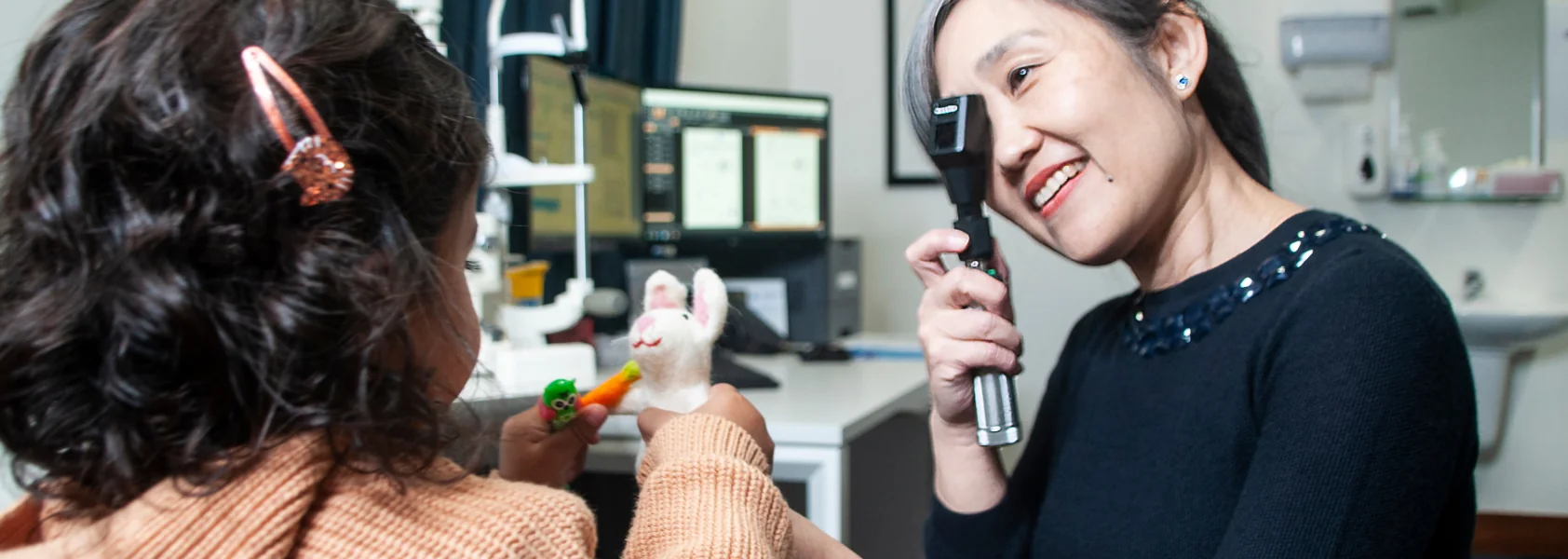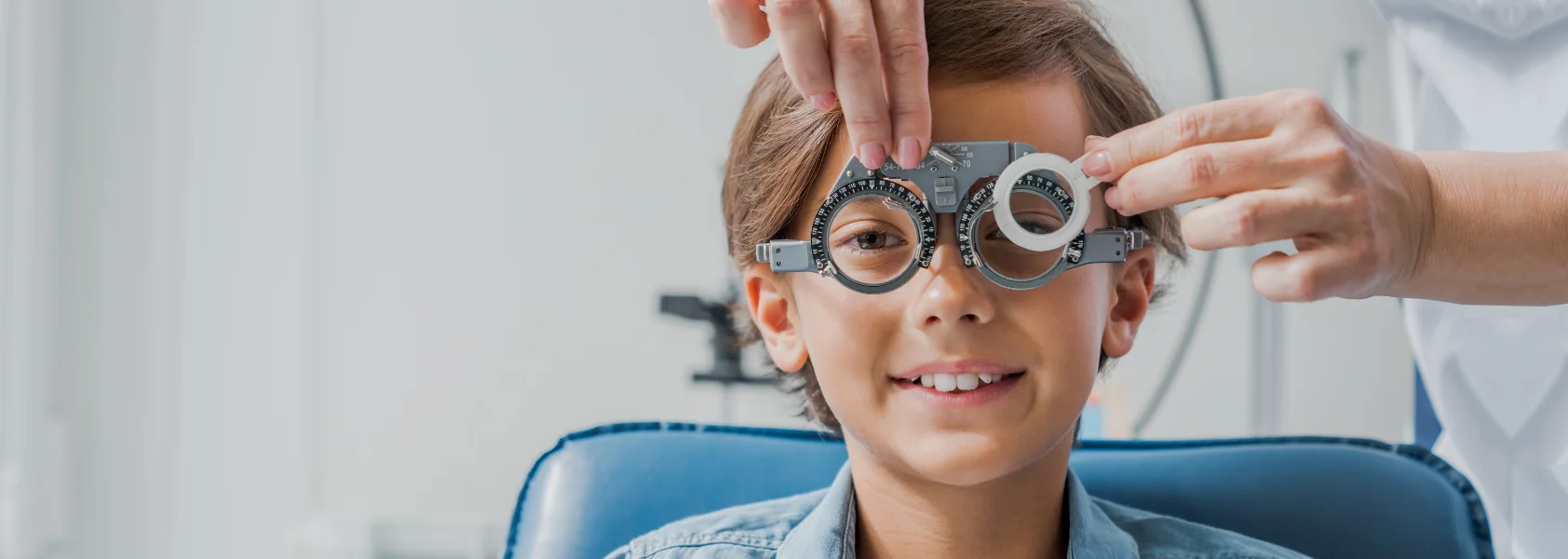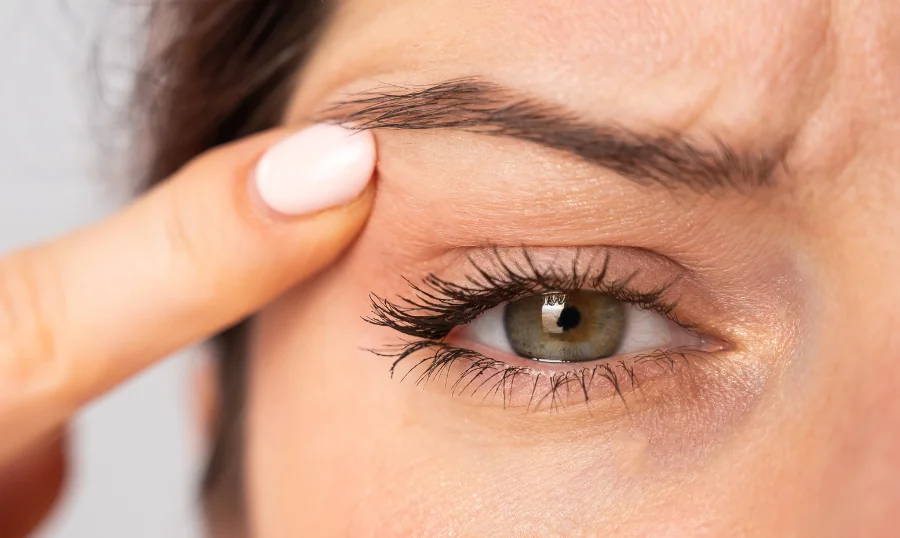Through the Lens of Diabetes: Navigating the Impact on Eye Health
Learn about the intricate relationship between diabetes and eye health, shedding light on potential complications that people with diabetes may face.

Children’s vision plays a crucial role in their overall development, influencing their learning, social interactions, and quality of life. Yet, eye problems in children can often go unnoticed, as kids may not always express discomfort or realise their vision is impaired. Early detection and treatment of eye issues are essential to ensure your child has the best possible visual outcomes.

Strabismus occurs when the eyes are misaligned and do not work together. It can cause double vision and, if left untreated, may lead to amblyopia (lazy eye). Early intervention with glasses, patching, or surgery is vital to correct the alignment.
Amblyopia develops when one eye is weaker than the other, often due to strabismus or significant refractive errors. The brain favours the stronger eye, leading to poor vision in the affected eye. Treatment options include patching the stronger eye or corrective lenses.
Conjunctivitis is an infection or inflammation of the conjunctiva, the clear layer covering the white part of the eye. It can be caused by bacteria, viruses, allergies, or irritants. Symptoms include redness, itching, tearing, and discharge. While viral conjunctivitis often clears up on its own, bacterial cases may require antibiotic eye drops.
Some newborns are born with blocked tear ducts, which can cause excessive tearing and eye discharge. Most cases resolve on their own, but persistent blockages beyond 12 months of age may require minor surgery.
Ptosis is a condition where one or both eyelids droop. If the droop covers part of the pupil, it can affect vision and lead to amblyopia. Treatment depends on the severity and may include surgery to lift the eyelid.
Children may not always articulate vision issues, so it’s important for parents to be aware of the signs. Watch for:

Routine eye exams are essential for identifying and addressing vision issues early on. In New Zealand, it’s recommended that children have their eyes checked at 6 weeks and then through the national vision screening program at around 4 years of age. Early detection enables timely treatment, helping prevent long-term vision problems and ensuring your child’s development stays on track, so if there are any concerns at other times then a check is warranted.
Your child’s eyes are windows to the world, and protecting their vision is essential for their growth and well-being. By staying vigilant and ensuring regular eye exams, you can help your child overcome any visual challenges and support their journey toward a bright and clear future.
If you suspect your child has an eye problem or it’s time for their routine check-up, don’t hesitate to schedule an appointment with one of our world-renowned paediatric eye specialists.

Learn about the intricate relationship between diabetes and eye health, shedding light on potential complications that people with diabetes may face.

Read to explore the different aspects of blepharoplasty, including its types, reasons for consideration, and the surgical process involved.

In today's digital age, prolonged screen time can cause eye strain and discomfort. Learn eight tips to maintain eye comfort and overall wellbeing.